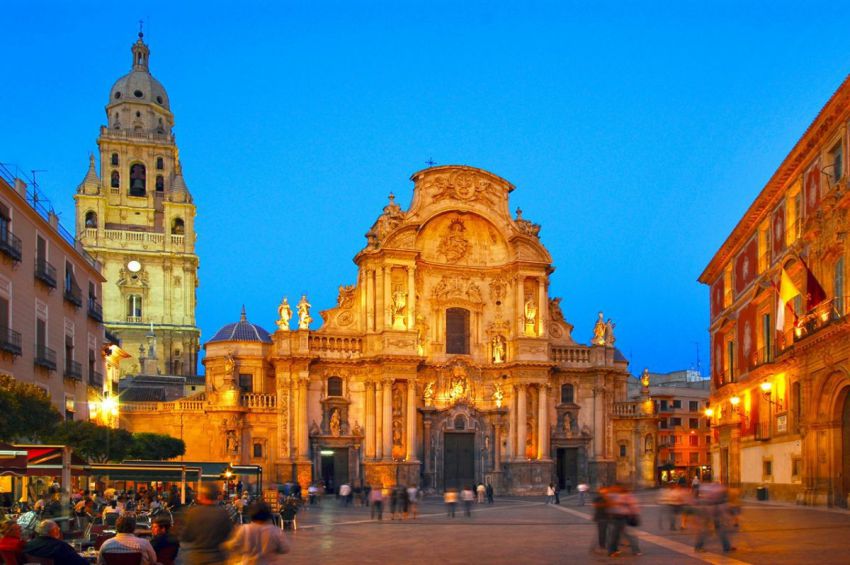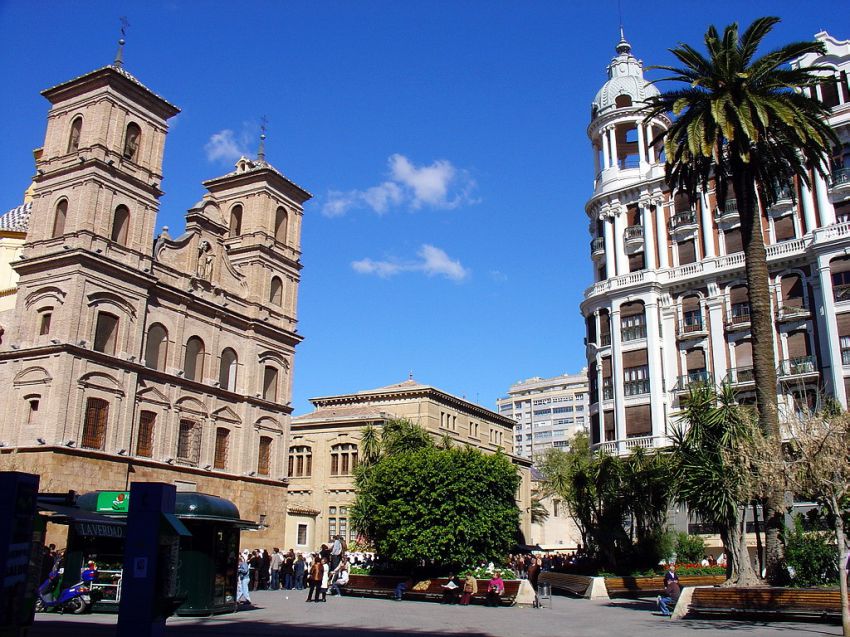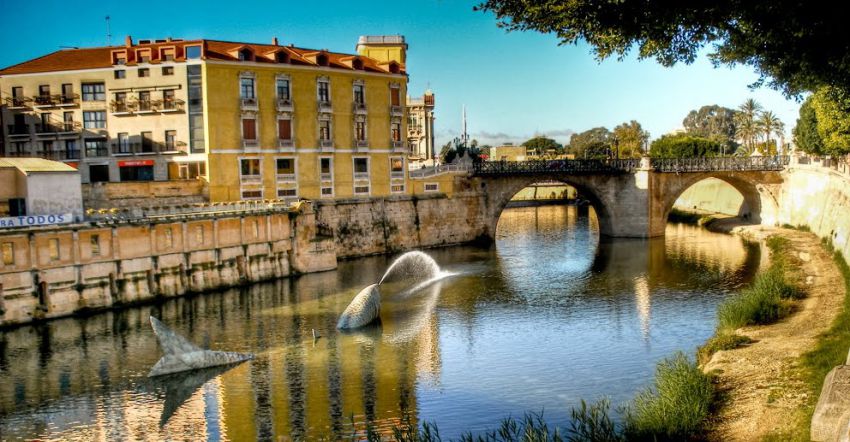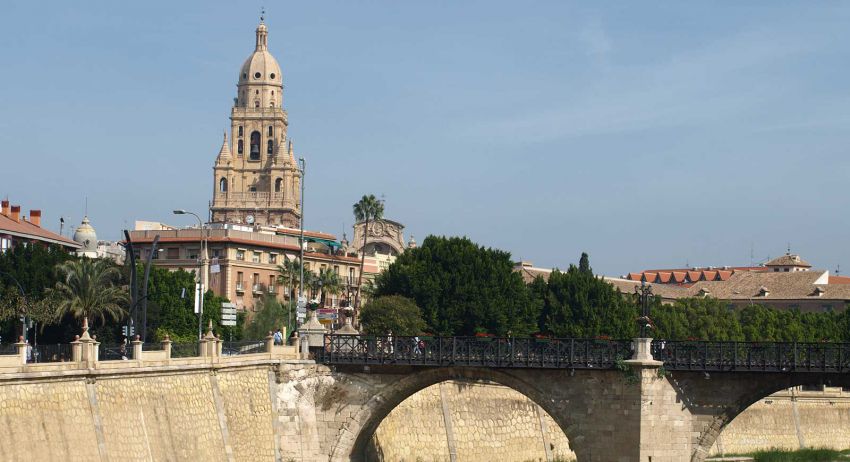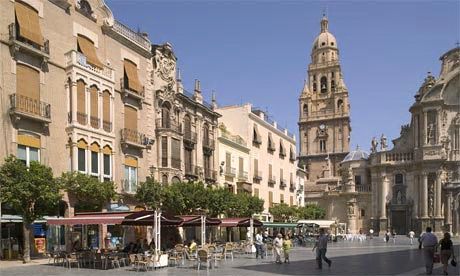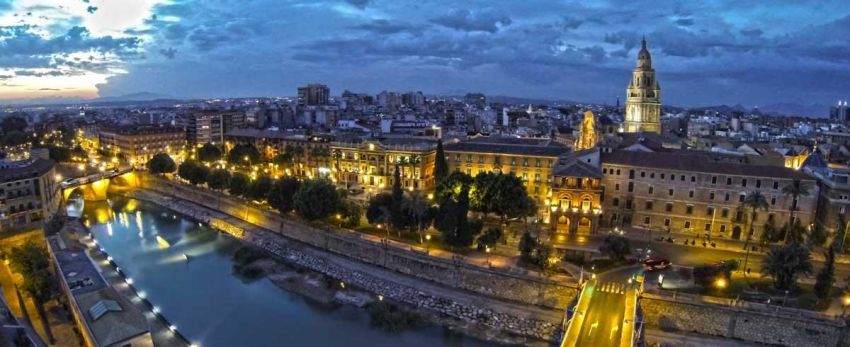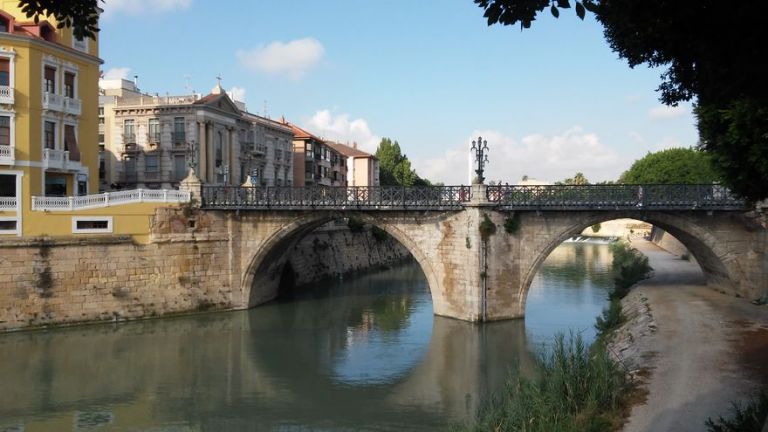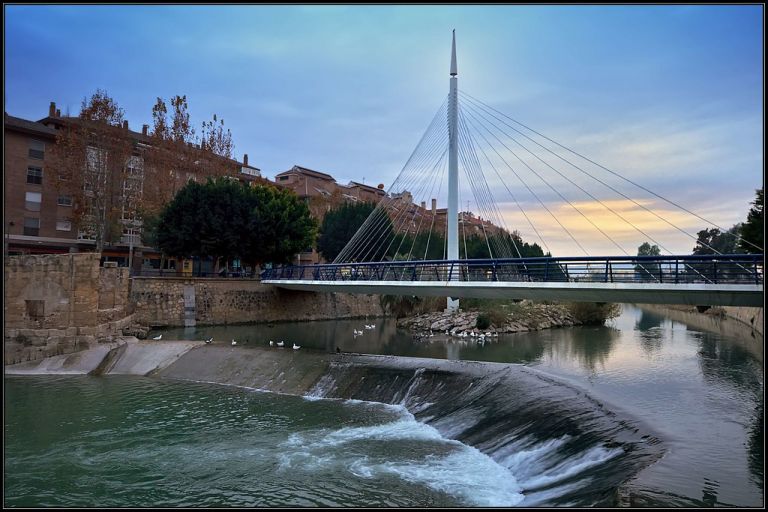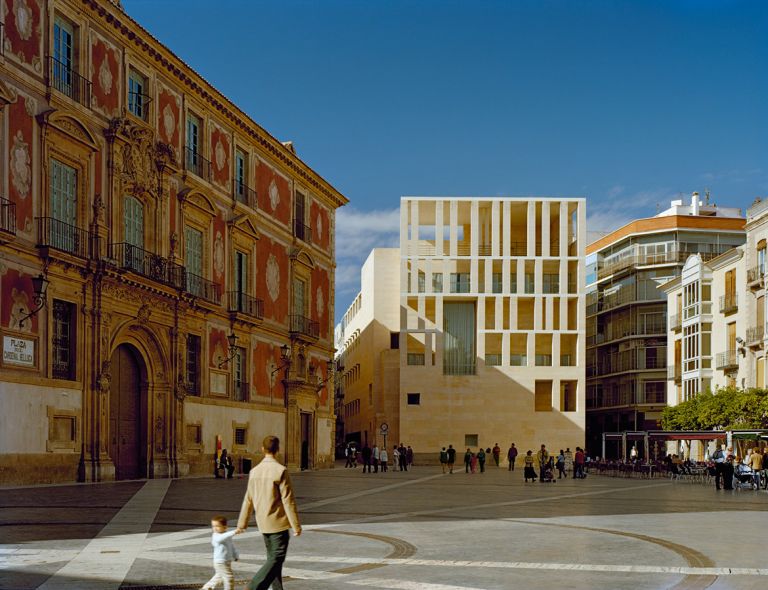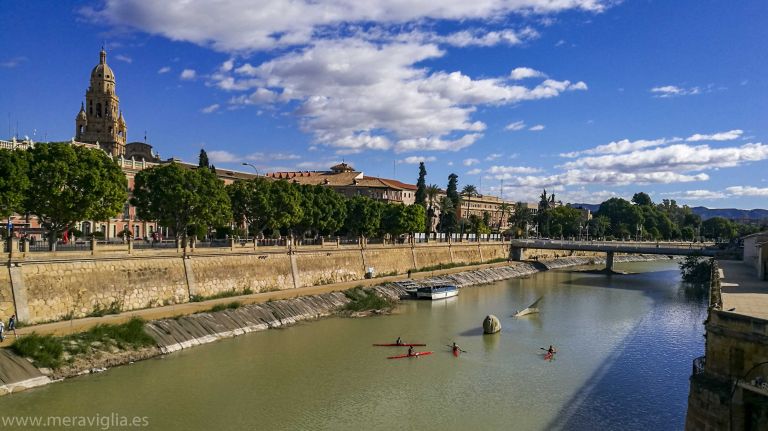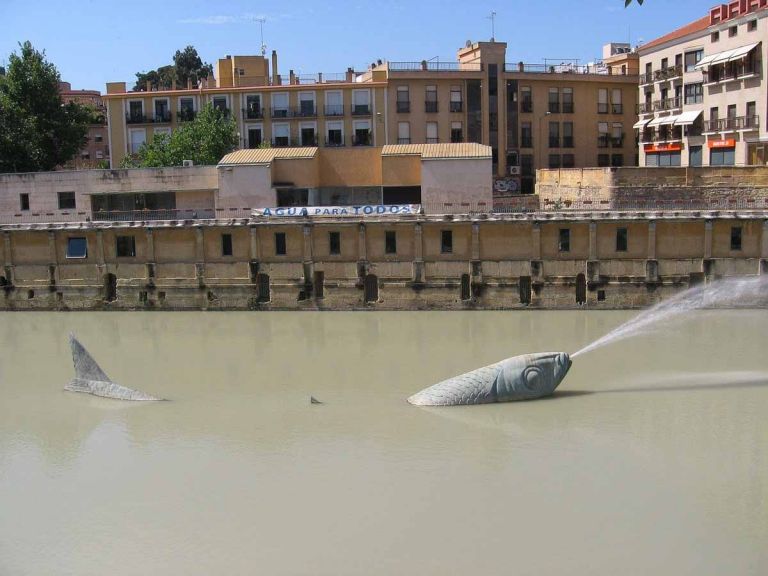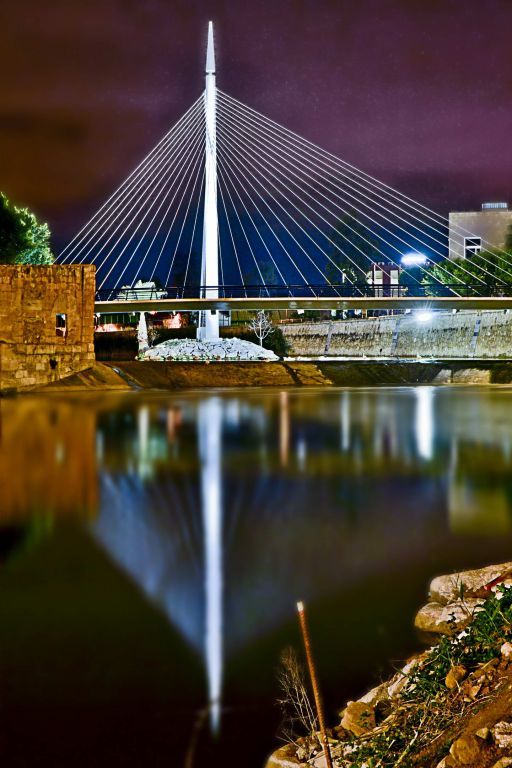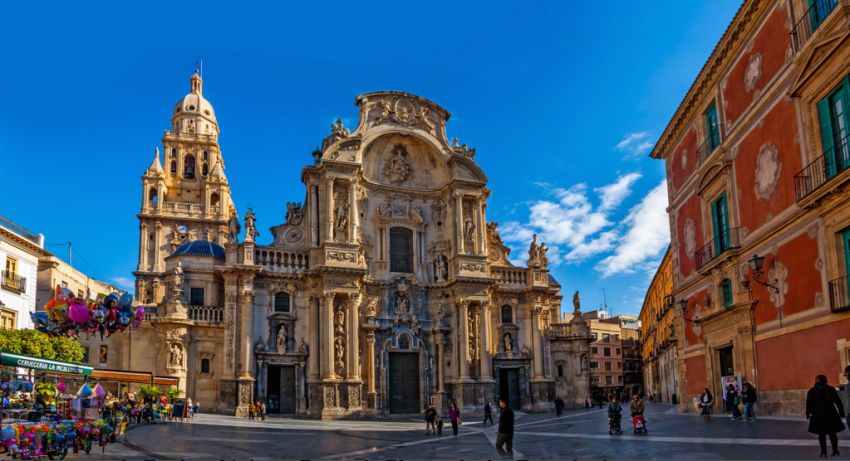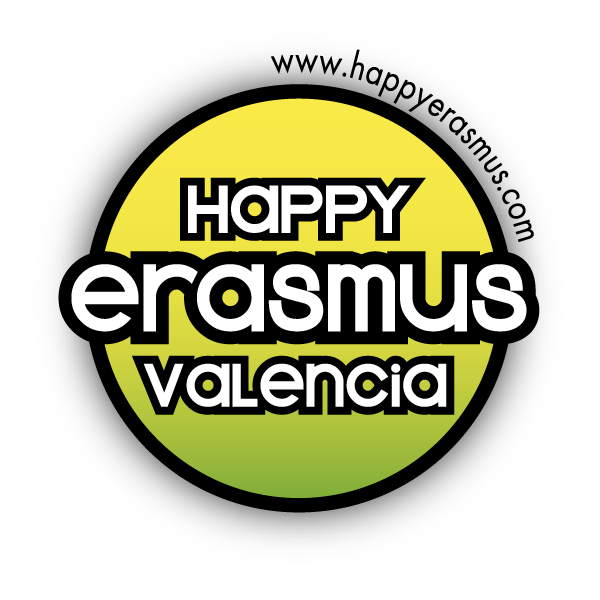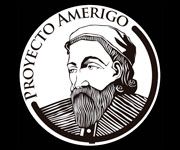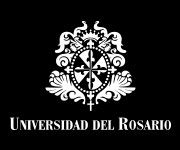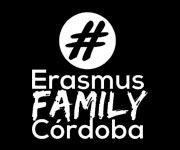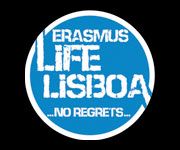Two Wonders in a day: the historic cities of Cartagena and Murcia. Discover the southeast of Spain with Happy Erasmus.
VISIT 2 IMPOART DESTINATIONS: MURCIA AND CARTAGENA
Day plan:
- leaving early in the morning
- visit beautiful city Cartagena with its Roman theater and old town by the sea
- continue to the city of Murcia
- return to Valencia for dinner time
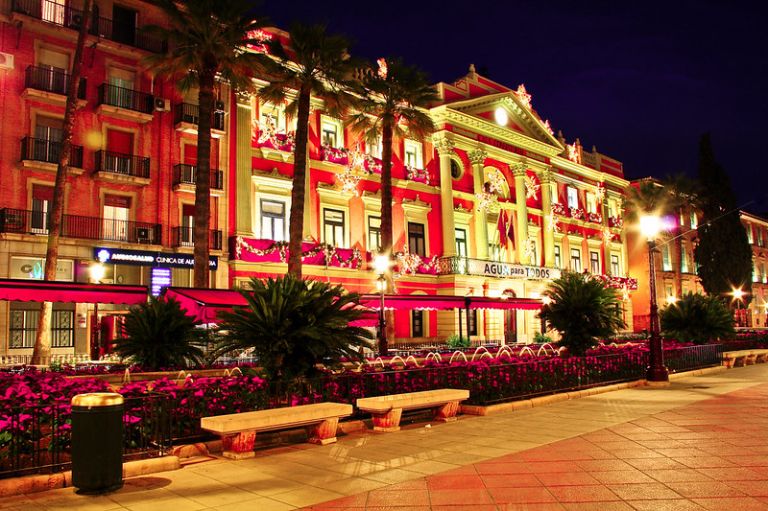
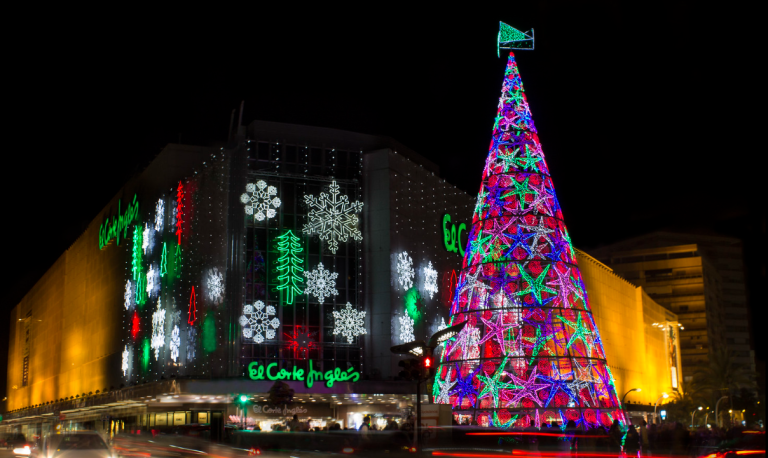
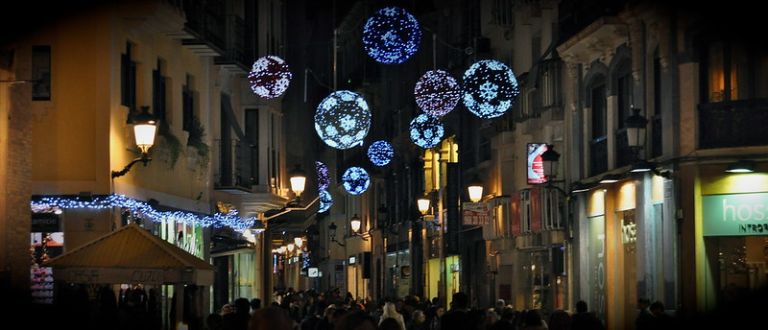
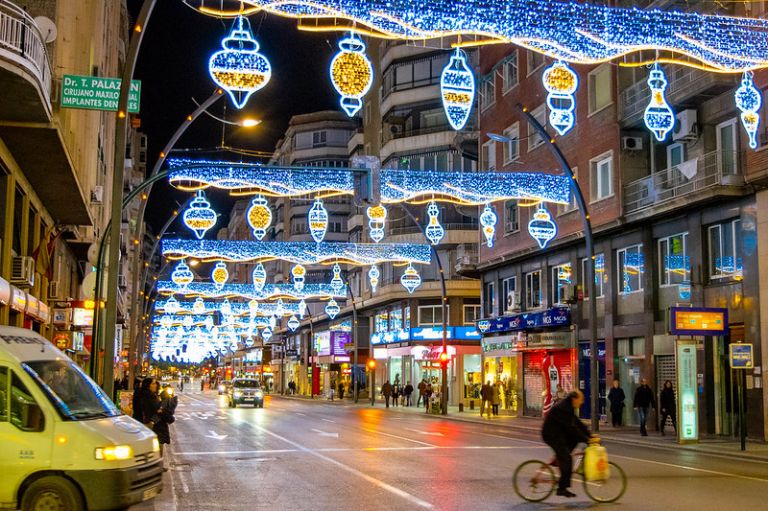
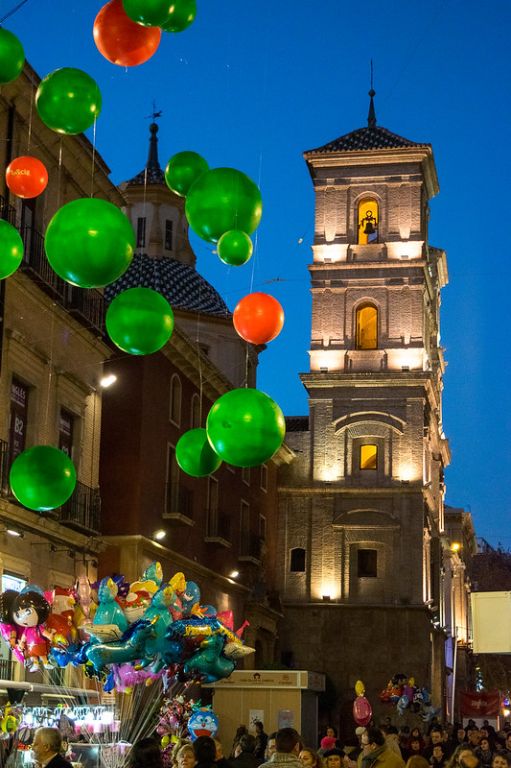
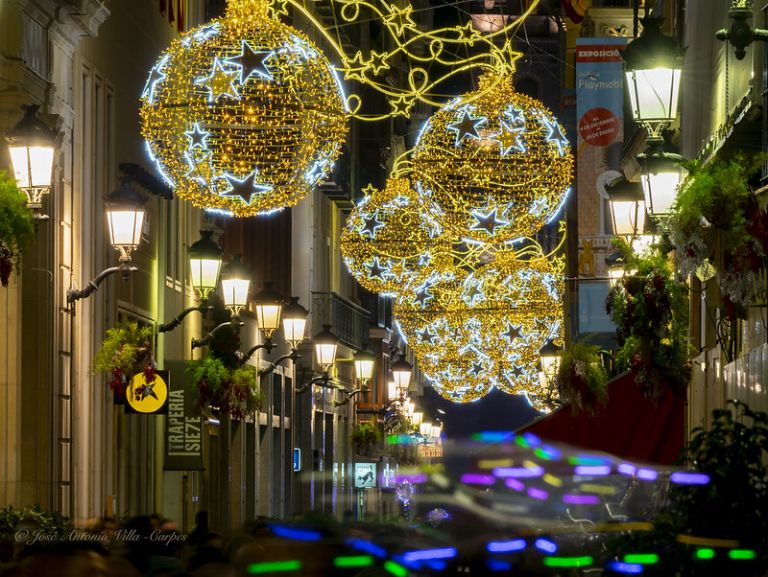
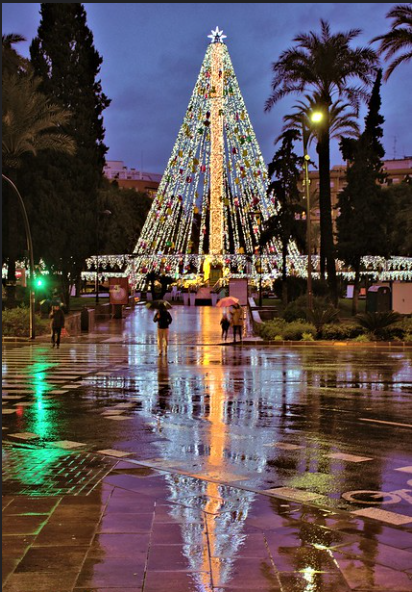
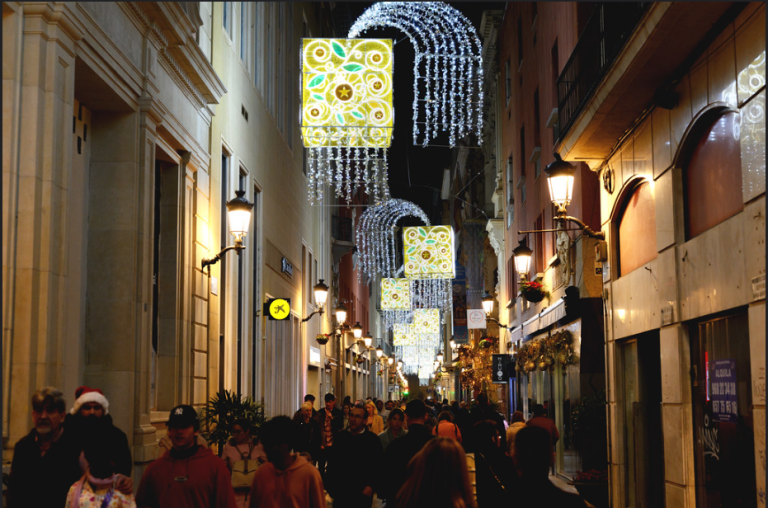
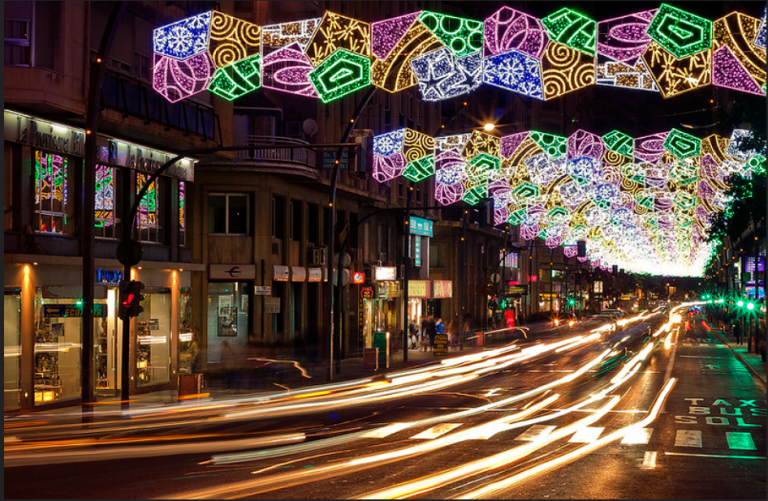
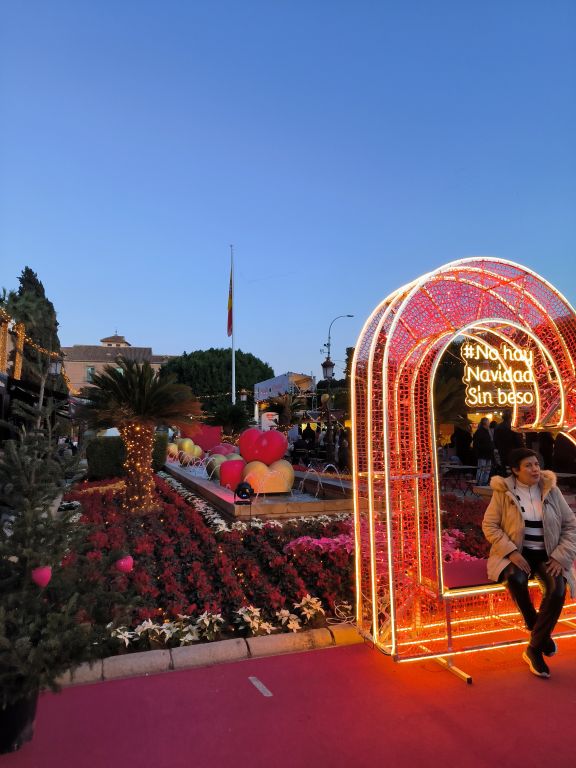
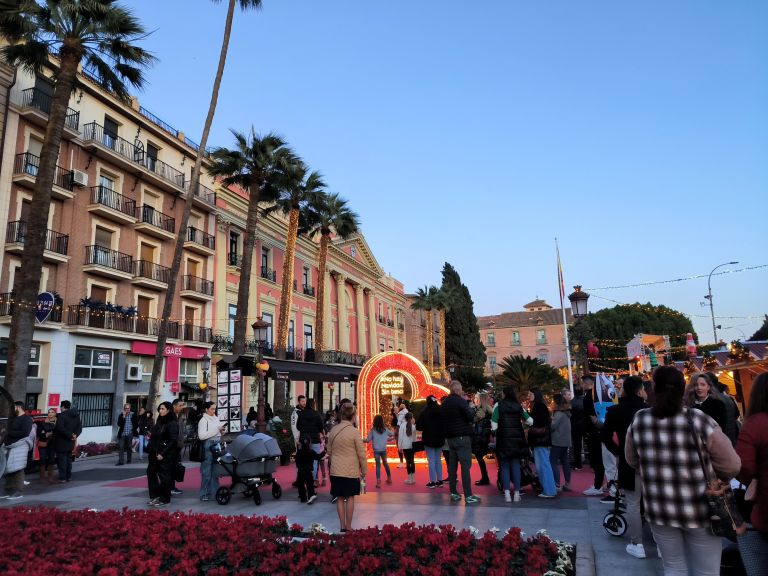
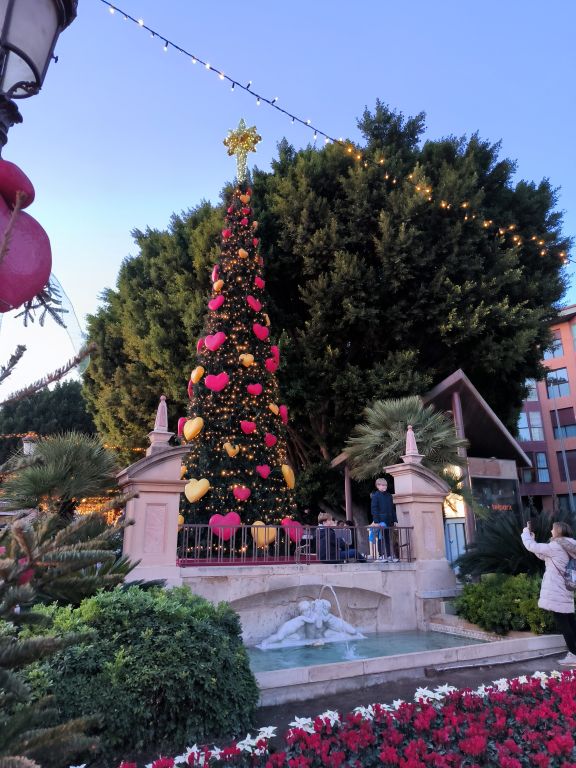
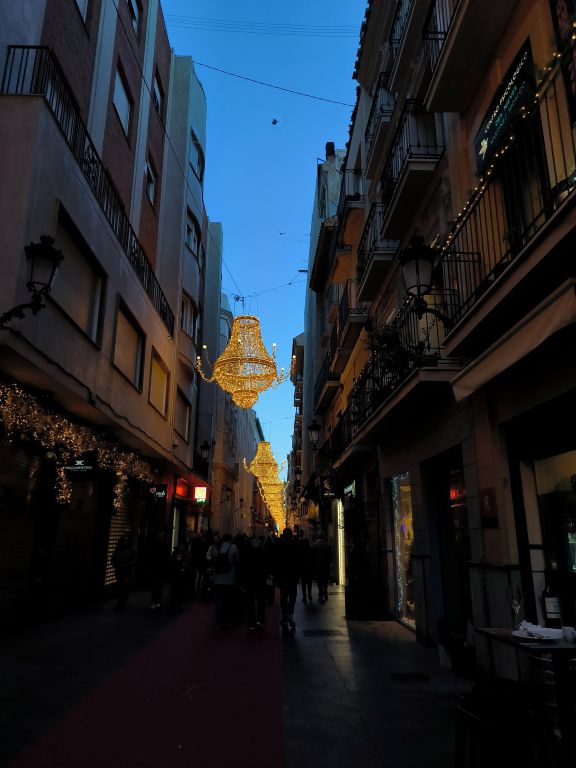
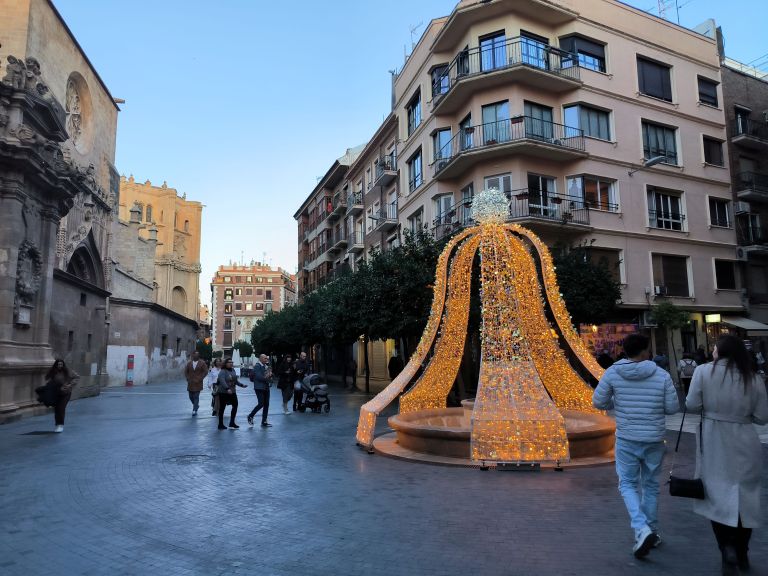














We will start with visiting CARTAGENA, one of the cities with more history in Spain.
The city was founded by the Cartagineses in the III century BC on an Iberian settlement at the time when the young Anibal Barca was preparing to govern and years later challenge the Roman Empire as no people had before (II Punic War)
Day plan:
- leaving early in the morning
- visit beautiful city Cartagena with its Roman theater and old town by the sea
- continue to the city of Murcia
- return to Valencia for dinner time




























We will start with visiting CARTAGENA, one of the cities with more history in Spain.
The city was founded by the Cartagineses in the III century BC on an Iberian settlement at the time when the young Anibal Barca was preparing to govern and years later challenge the Roman Empire as no people had before (II Punic War)
The city was founded by the Cartagineses in the III century BC on an Iberian settlement at the time when the young Anibal Barca was preparing to govern and years later challenge the Roman Empire as no people had before (II Punic War).
As you can guess from its own name, Cartagena was an important city of antiquity, both for Carthaginians and for Romans, who gave it the name Cartago Nova, from where its name evolved to the present.
We will visit the main monuments and archaeological remains and tell us all its important history.
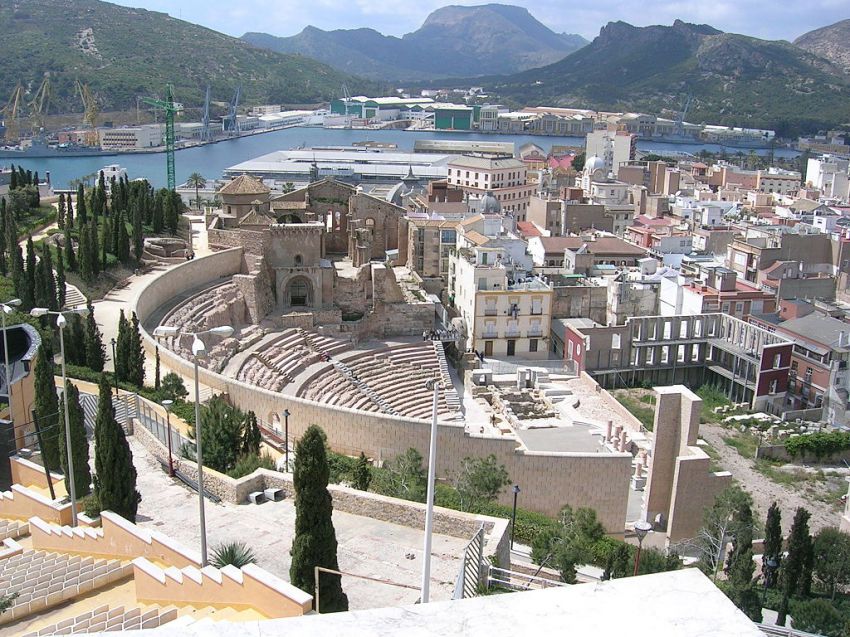
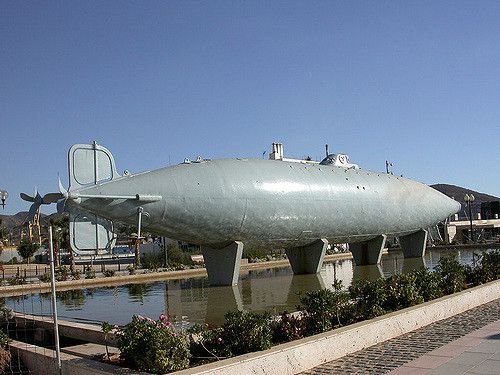
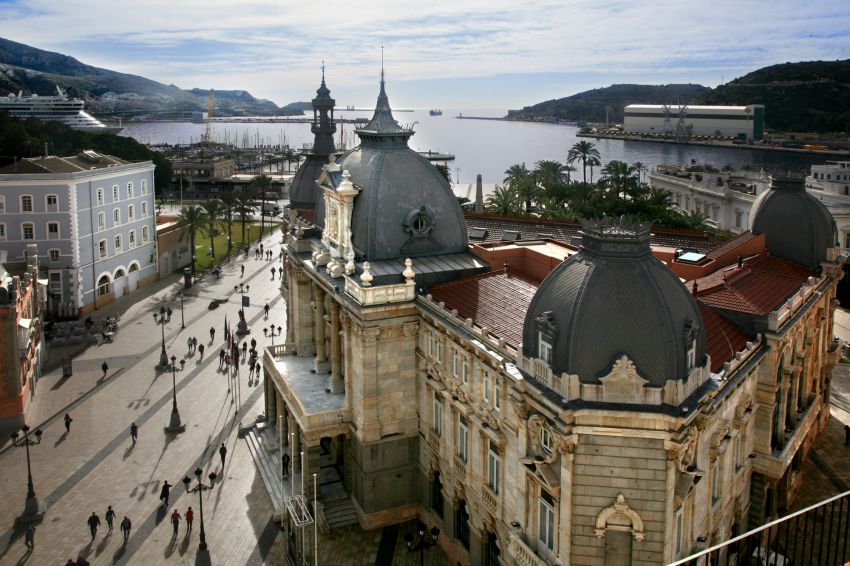
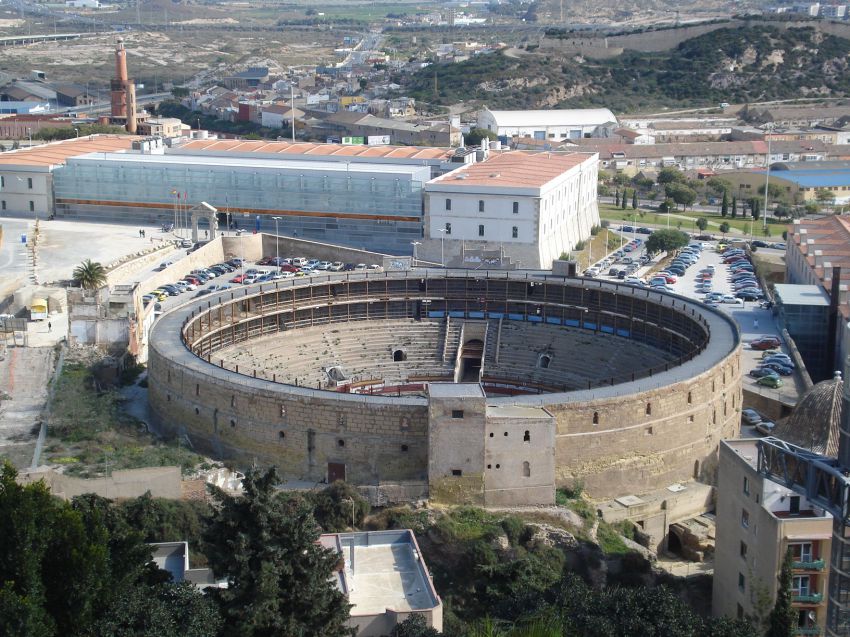
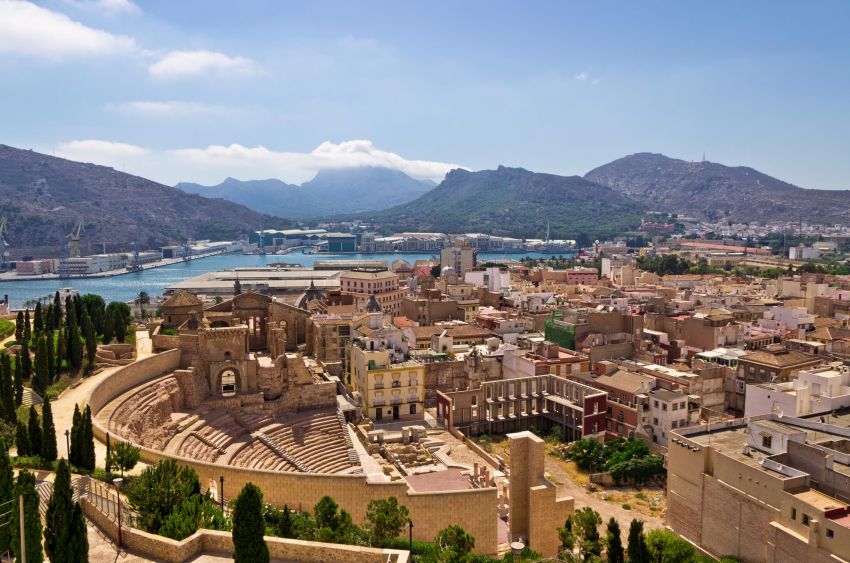
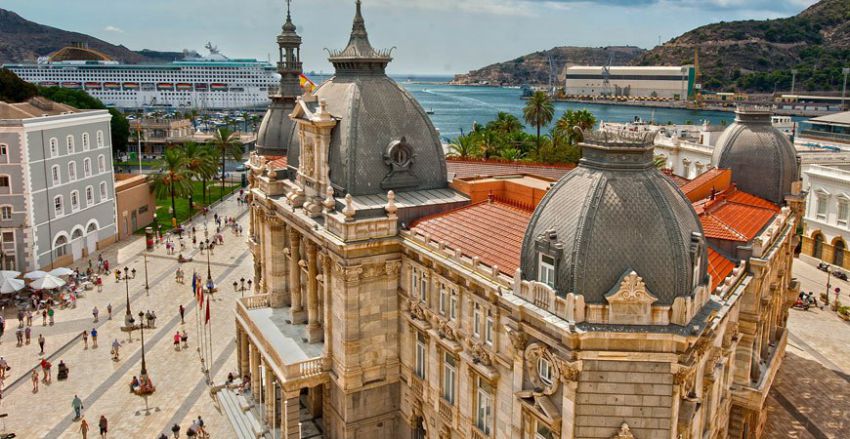
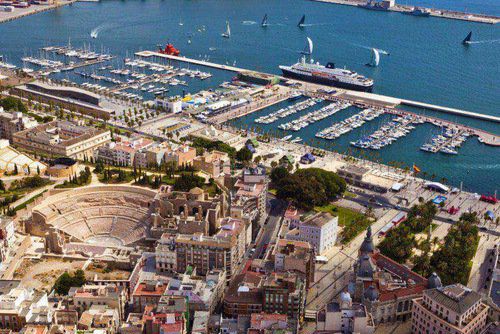







Then we will continue our tour visiting MURCIA, the capital of the region.
Murcia which is just south of Alicante.
The city of Murcia is the capital of the Murcia Region .
In this province they call it "la huerta" or the "vegetable garden" of Europe because it provides a continuous supply of fruits, vegatbles and spices of all kinds for the old world.
Murcia was founded by the Arabs in 825 in an ancient Roman settlement. The "Medina Mursiyya" initially belonged to the Córdoba Territory but later during the Arab reign it became an independent region. In the 18th century the city experienced new developments which are shown by the numerous architectural monuments from the Baroque era. The Arabic heritage is represented in the city by the Monteagudo Castle from the 11th century, and also by the the remains of the walls and narrow winding streets with small patios.
The most important architectural monument of the city is the Cathedral. The Cathedral was built in the 14th and 15th centuries and was an extension of the already existing Muslim mosque. The Cathedral was build in the gothic style, but it's 92 metre high tower was built in the Renaissance style and the front of the building is an impressionist example of the Baroque style and is considered one of the best examples of this period in Spain.
We are going to visit the Plaza de Glorieta de Esparia, the Santa Maria Cathedral, Traperia street, the Church of Santo Domingo, the Almodovar Palace, the Romea theatre, El Salitre garden, San Sebastian garden, the Malecon garden, the Almudi Palace and many more.
